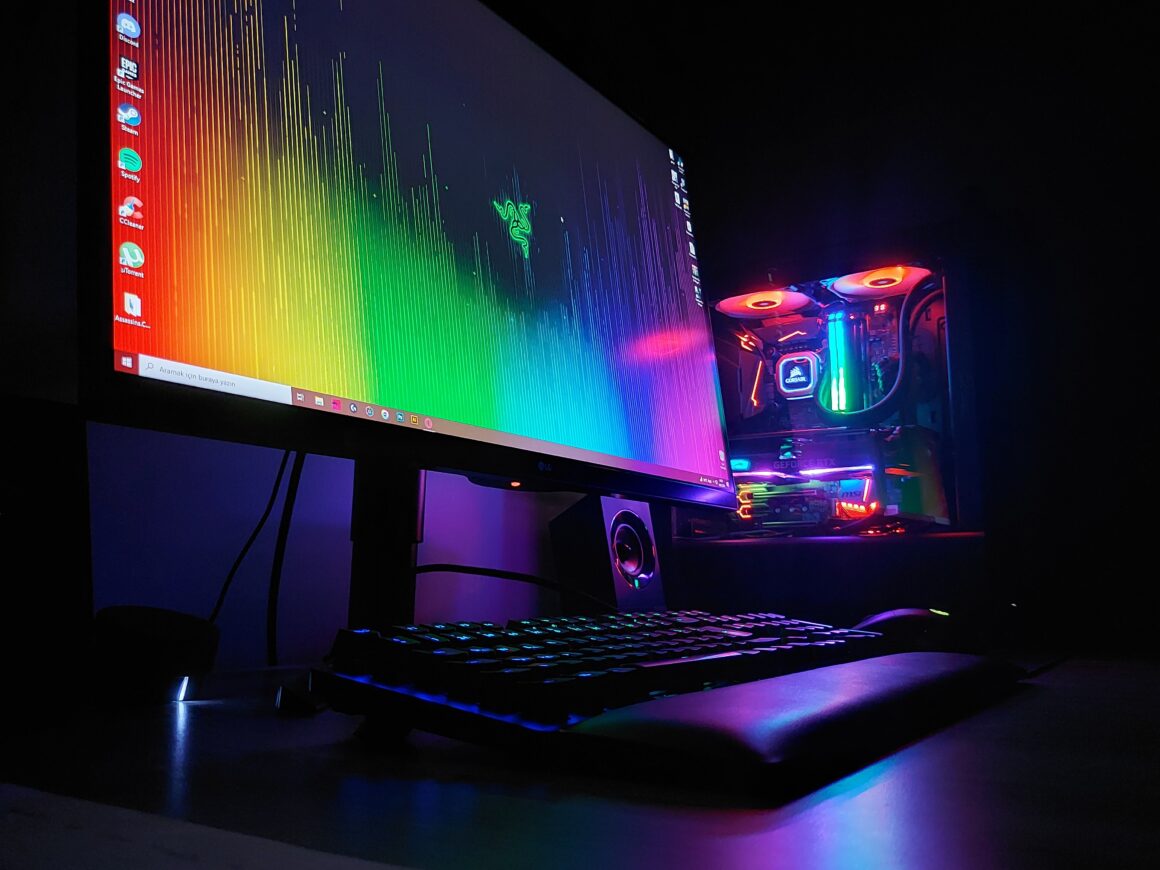In 2022, with the release of the RTX 4090, we are once again in the midst of a heated discussion caused by its overheating issues. It happened again, The difference is that this time it has the potential to be more dangerous. The 12VHPWR connector is reportedly getting hot enough to melt, and there have been rumblings about this for some time.
The Nvidia RTX 4090 uses a brand new type of connector called the 12VHPWR 12-pin. It’s convenient that the RTX 4090 can easily draw 600W from the power supply, and that a single socket is rated to handle that much power. But that’s a lot of juice flowing out of a small socket, and the fact that an adapter cable was included so you wouldn’t have to buy a new power brick should have raised red flags right off the bat. Your gut tells you it’s safe, but there are a lot of inconsistencies that make you question whether it really is.
Uh oh…
Another 4090 (ASUS 4090 TUF OC) with a damaged 12VHPWR power connector just got posted in the same reddit thread as the original Gigabyte card post from today.
This is slightly getting out of hand…@Buildzoid1 @Sebasti66855537 pic.twitter.com/oQnaywqBzq
— Vectral (@Vectral555) October 24, 2022
It’s not just these adopters, though, that appear to be experiencing this issue. It looks that cable bends close to the power connector are the root of the issue. This strain can cause problems for the terminal, the junction where the cables are crimped into the terminal, or even just the cables themselves. Increased resistance or uneven loads can contribute to heat production in this situation. Because of which we end up with melting in the end.
The design of the power connector itself, and whether or not it is the best option in this case, is a topic worthy of discussion. Nvidia could have taken a different approach, such as utilizing three 8-pin connectors, but they choose not to.
Finally, Nvidia has released their own research on the melted power connectors, and it confirms GamersNexus’s results. It is recommended that the RTX 4090’s connectors be fully installed in the graphics card before connecting it to the motherboard, as this seems to be the most prevalent cause of the problem.
